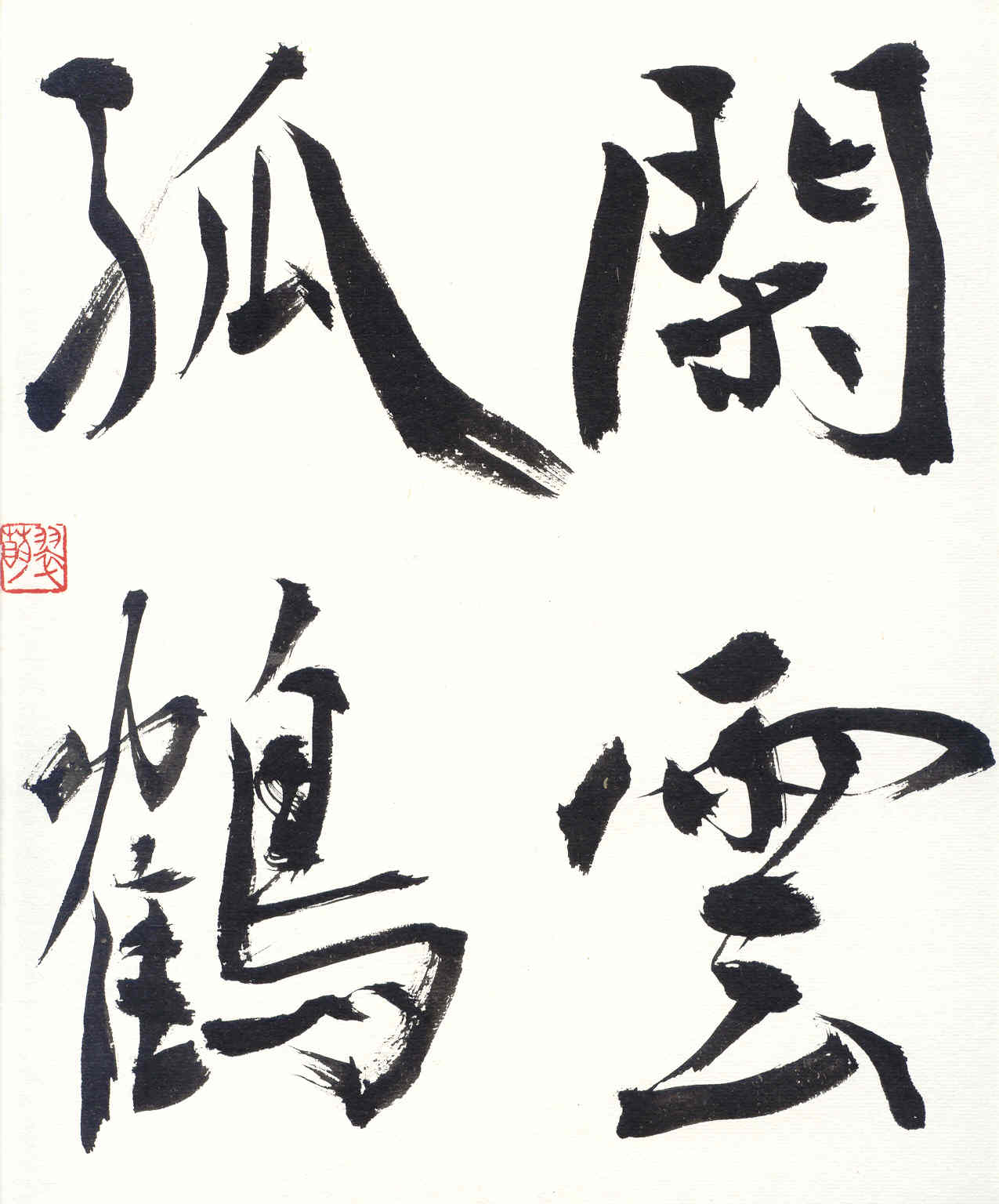Takeshi Asai's Japanese Newsletter - Jipang
 In 1592, during the era of a powerful leader named Hideyoshi, the first Japanese language textbook was published in the West. Portuguese missionaries working in feudal Japan made this textbook. Written in Portuguese Roma-ji, this transliterated version started as an oral transmission of Heike-monogatari, the Japanese equivalent of King Arthur, and was published widely thanks to newly invented printing machines. The missionaries reportedly struggled and struggled with this new language, eventually calling it “the language that devils created.”
In 1592, during the era of a powerful leader named Hideyoshi, the first Japanese language textbook was published in the West. Portuguese missionaries working in feudal Japan made this textbook. Written in Portuguese Roma-ji, this transliterated version started as an oral transmission of Heike-monogatari, the Japanese equivalent of King Arthur, and was published widely thanks to newly invented printing machines. The missionaries reportedly struggled and struggled with this new language, eventually calling it “the language that devils created.”
As a matter of fact, the Portuguese were traveling to Ninbo, China, not Japan, and accidentally landed on Tanegashima Island in 1543, becoming the first westerners in “Jipang.” They soon introduced guns to samurai warriors, thus altering history. Guns enabled Nobunaga, another powerful leader during this period, to put an end to the Sengoku (chaotic period) and to unite Japan. Under the protection of Nobunaga--who would later change his mind--Portuguese and Spanish missionaries brought a variety of western goods to Japan such as medicines and silks, spices and guns, not to mention Christianity. Calling the foreigners nanban-jin (savages from the South), the Japanese were fascinated by the state-of-the-art technologies and absorbed them into Japanese culture just as they had absorbed Chinese arts and technology in the 10th century. Consequently, 16th century Japan was remarkably international. Even today, we can identify Portuguese words in the Japanese language. (For instance, the popular food called “tempura” came from the Portuguese influence.)
This tolerance of cultural diversity, however, did not last long. When Ieyasu, the first shogun of the Tokugawa dynasty, took power in 1603, he officially closed the doors to the world. Japan was literally sealed (sakoku) for the next 260 years, until the arrival of a particular American in 1853. Accompanied by four ships, Commodore Perry arrived off the coast of Japan with a letter from the President of the United States and subsequently negotiated with the government to lift the sakoku policy. Astonished to see the fleet of steam ships--the Japanese fearfully called them kurofune (black ships)--they realized that the rest of the world had already modernized. This shock became the impetus for Japan’s Meiji revolution.
published as Japanese Monthly, August 1999 issue
edited by Marcia Allen
Back to Japanese Newsletters Home Page
Back to Top Page of Takeshi Asai's Website
 In 1592, during the era of a powerful leader named Hideyoshi, the first Japanese language textbook was published in the West. Portuguese missionaries working in feudal Japan made this textbook. Written in Portuguese Roma-ji, this transliterated version started as an oral transmission of Heike-monogatari, the Japanese equivalent of King Arthur, and was published widely thanks to newly invented printing machines. The missionaries reportedly struggled and struggled with this new language, eventually calling it “the language that devils created.”
In 1592, during the era of a powerful leader named Hideyoshi, the first Japanese language textbook was published in the West. Portuguese missionaries working in feudal Japan made this textbook. Written in Portuguese Roma-ji, this transliterated version started as an oral transmission of Heike-monogatari, the Japanese equivalent of King Arthur, and was published widely thanks to newly invented printing machines. The missionaries reportedly struggled and struggled with this new language, eventually calling it “the language that devils created.”